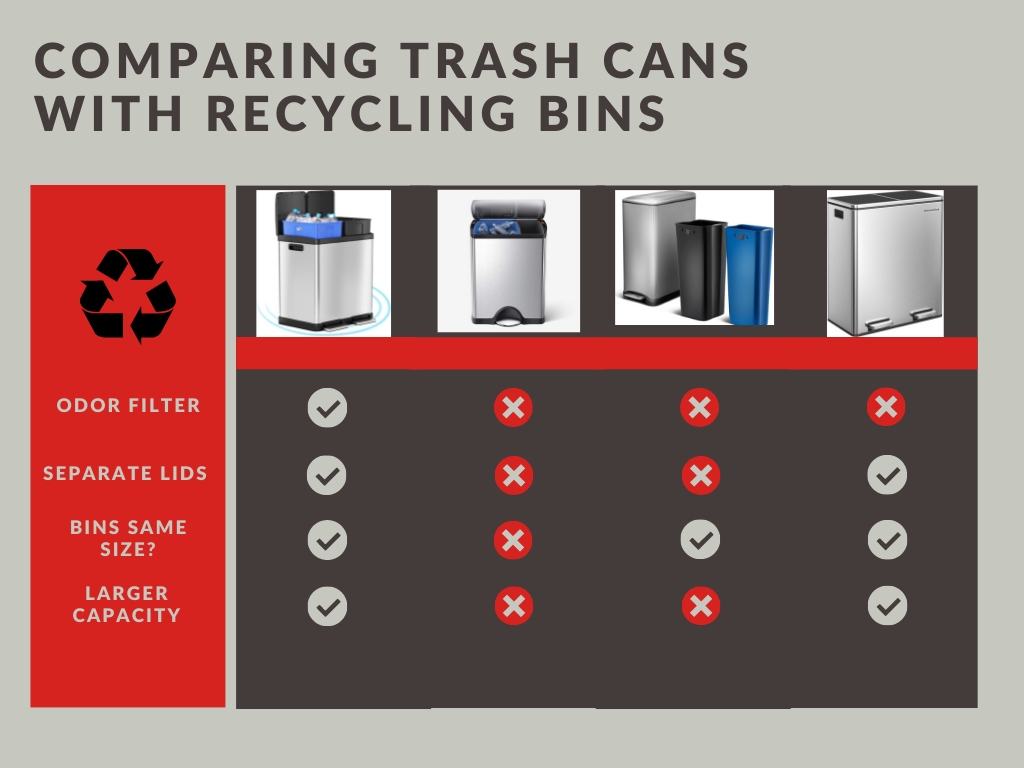
Best Combo Bin: iTouchless 16 Gallon Kitchen Dual Step Trash Can & Recycle Bin
Let’s talk about the best trash can with recycling bins.
When shopping for these cans, there are some basic choices. Do you want a bin with one or two lids/pedals? That is, a separate pedal to open each side?
Some of these cans have trash bins that are bigger than the bin that’s supposed to be for recycling. Of course, no one says you can’t use the bigger bin for recyclables if you recycle more.
One important caveat: most of these bins are smaller than the standard 13 gallon can. That matters because most folks buy 13 gallon trash bags—and that means you’ll be running out to the curb more often with half-filled bags. One tip: you can buy 8 gallon bags to better fit these bins.
After trying out several cans and talking with our readers, we realize the answers to some of those questions are a matter of personal preference. Some bins fit better into smaller kitchens. So we’ll call out which cans work better for certain folks in this article.
For the best combo bin where the bins are the same size, we pick the iTouchless 16 gallon dual step trash can and recycle bin. This excellent can gets high marks from our readers for ease of use and their odor filters.
Here’s more:
What We Liked
• Easy to put in bags, thanks to notch in cans.
• Fit nicely into most kitchens.
• Replaceable air tamper.
• Odor filters.
• Bins are the same size.
What Needs Work
• Lid is a bit noisy when opening.
• Pricey.
• If you have more trash or recyclables, equal size bins may be more of a hassle.
• Shows smudges.
Best For Extra Recyclables: simplehuman 46 Liter / 12.2 Gallon Rectangular Dual Compartment Recycling Kitchen Step Trash Can
If you find yourself with more recyclables than trash (or vice versa), a dual trash can with two different size bins may be the better solution.
After looking at four different brands, we think simplehuman’s 46 liter can is the best bet. The design is excellent and easy to use. Here’s more:
What We Liked
• Slim design fits well into most kitchens.
• Lid stays open when you want it too!
• Easy to clean.
• Comes with a few custom-fit liner bags.
• Recycling bin is bigger than trash bin.
• Non-skid base.
• One large lid rather separate lids for each bin.
What Needs Work
• Hinges on lid can break if not careful.
• Custom-fit bags are pricey.
• Not smudge-proof, in our opinion.
• No odor fighting features.
Best Budget-Friendly: Home Zone Living 13 Gallon Kitchen Trash Can, Dual Compartment Cycle Combo
Yes, trash cans with dual bins can get rather pricey, but we have good news: Home Zone’s dual compartment combo can is both well designed and easy on the wallet. This sturdy can impressed us, even though it wasn’t as pricey as others researched.
Here’s more:
What We Liked
• Soft close lid is quiet!
• Sturdy.
• Doesn’t show bag when closed—that help keep out pets!
• Tuck band on each bin to hold bags.
What Needs Work
• Small size—just 13 gallons total.
Best for Larger Kitchens: SONGMICS (60L) 16 Gal Dual Trash Garbage Can, Recycling Bin
Most trash bins with combo recycling and trash cans are designed for smaller kitchens or for folks in a one or two person household. But what if you have a larger household or kitchen? In that case, we think the 16-gallon Songmics can is the better bet.
Yes, that’s about three gallons bigger than other cans we researched. Here’s more:
What We Liked
• Each bin holds about 8 gallons of trash or recycling.
• Nice looking.
• Affordable.
• Designed to keep dogs out of the trash.
• Tight close keeps odors out of kitchen and in the can.
• Two separate pedals to open either side.
What Needs Work
• Handles on the individual bins could be easier to use.
• Trash bins are same size—not great if you need more room for trash versus recycling.
Recycling 101: Fun Facts & Tips
Here are tips and tricks for recycling from the Environmental Protection Agency:
What is recycling?
Recycling is the process of collecting and processing materials that would otherwise be thrown away as trash and turning them into new products. Recycling can benefit your community, the economy and the environment.
Is recycling truly beneficial for the environment?
EPA data show that recycling conserves energy and natural resources. For example:
- Recycling one ton of office paper can save the energy equivalent of consuming 322 gallons of gasoline.
- Recycling just one ton of aluminum cans conserves more than 152 million Btu, the equivalent of 1,024 gallons of gasoline or 21 barrels of oil consumed.
- Plastic bottles are the most recycled plastic product in the United States as of 2018, according to our most recent report. Recycling just 10 plastic bottles saves enough energy to power a laptop for more than 25 hours.
How does recycling save energy?
When we make new products out of virgin materials, we expend energy to extract and process those materials. This includes burning fossil fuels. However, if we manufacture products using recycled materials, we reduce the need for virgin materials and save the energy required to extract and process them.
To estimate how much energy you can save by recycling certain products, EPA has developed a tool called the individual Waste Reduction Model (iWARM). This tool calculates how much energy you save by recycling aluminum cans, glass or plastic bottles, magazines or plastic grocery bags, and shows you how long those savings could power different electrical appliances.
Is recycling the best management option? What other options are there?
The most effective way to reduce waste, and the most environmentally preferred strategy, is to not create it in the first place. Source reduction, along with material reuse, are the most functional ways to save natural resources, protect the environment and save money. Making a new product requires a lot of materials and energy, from extracting raw materials to fabricating the product to transporting it to the place of purchase.
How do I know what my local recycling options are?
Please contact your local county or municipality to determine your local recycling options.
Why is it important to only put items that can be recycled in the recycling bin?
Putting items in the recycling bin that can’t be recycled can contaminate the recycling stream. After these non-recyclable items arrive at recycling centers, they can cause costly damage to the equipment. Additionally, after arriving at recycling centers, they must be sorted out and then sent to landfills, which raises costs for the facility. That is why it is important to check with your local recycling provider to ensure that they will accept certain items before placing them into a bin. Some items may also be accepted at retail locations or other at local recycling centers.
Furthermore, some recycling providers require different types of materials to be collected in separate bins (multi-stream recycling), whereas other providers may accept different types of materials that are put together in the same bin (single-stream recycling).
Why are some items that look recyclable not accepted at my recycling facility?
Your local recycling facility might not accept all recyclable items. This is especially true with plastics. While plastic bottles are the most commonly recycled plastic products, other plastics may or may not be accepted in your area, so first check what your local recycling provider accepts. It is important to understand that the existence of a plastic resin code on the product does not guarantee that the product is recyclable in your area. Additionally, glass may not be accepted in some areas, so please confirm with your local provider.
What should I never put in my recycling bin(s)?
- Garden hoses
- Sewing needles
- Bowling balls
- Food or food-soiled paper
- Propane tanks or cylinders
- Aerosol cans that aren’t empty
- Many communities have collection programs for household hazardous waste to reduce the potential harm posed by these chemicals. In the Earth 911 database, search for “household hazardous waste collection” near your zip code. Additionally, contact your local environmental, health or solid waste agency to learn about permanent or periodic household hazardous waste collections near you.
- Syringes, broken glass, and broken light bulbs should not go in the recycling nor in the regular garbage stream. Please consult your local waste authority for information on ways to correctly discard these items in your area without risking injury to collection workers.
What are the most common items that I can put into my curbside recycling bin?
- Cardboard
- Paper
- Food boxes
- Beverage cans
- Food cans
- Glass bottles
- Jars (glass and plastic)
- Jugs
- Plastic bottles and caps
Generally, these are the most commonly recycled items. Please confirm with your local recycling provider first before putting these items in your curbside recycling bin, however, since what is accepted depends on your area.
What are recyclable items that I can’t put in my curbside recycling bin?
Generally, plastic bags and wraps, electronics, and textiles cannot go in a curbside recycling bin. Please check with your local recycling provider first, though, to be certain since it depends on your local area. Do not put items in your recycling bin unless you know they are accepted. Non-recyclable items can contaminate a whole load of recyclables, causing them to all be thrown out.
What is composting? Is it truly beneficial for the environment? How do I do it?
Compost is organic material that can be added to soil to help plants grow. It enriches soil, helping retain moisture and suppress plant diseases and pests. Compost also reduces the need for chemical fertilizers, and it encourages the production of beneficial bacteria and fungi that break down organic matter to create humus, a rich nutrient-filled material.
To compost at home, you’ll need browns (dead leaves, branches and/or twigs), greens (grass clippings, vegetable waste, fruit scraps and/or coffee grounds), and water, along with a dry, shady spot for your pile or bin.
(Source: Environmental Protection Agency).
Why Trust Us
We’ve been rating and reviewing products for the home and families since 1994. We do extensive research, evaluating products with an eye toward quality, ease of use and affordability. When we purchase a product for hands-on testing, we do so with our own money.
Here’s another key point: we don’t take money from the brands we review. No free samples, no sponsors, no “partnerships.” Our work is 100% reader-supported!
About the Authors: Denise & Alan Fields
Denise & Alan Fields have made a career out of chronicling life’s milestones: getting married, buying a home and raising kids.
As best-selling authors, the Fields have written a series of best-selling consumer guides, including Baby Bargains (over two million copies in print).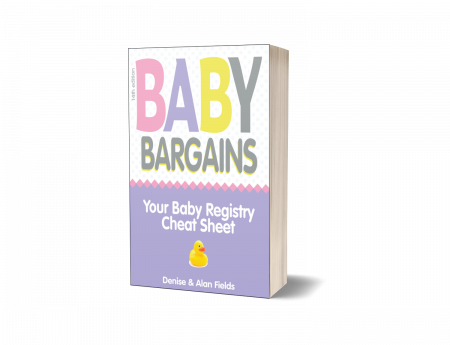
With detailed reviews and recommendations of cribs, strollers and car seats, Baby Bargains has helped multiple generations of parents pick out the best gear for baby since 1994
Inside, Baby Bargains, you’ll find:
• CHEAT SHEETS for your baby registry―create a baby registry in minutes with our good, better, best ideas.
• SEVEN THINGS no one tells you about baby gear, from nursery furniture to feeding baby.
• Dozens of SAFETY TIPS to keep baby safe and affordably
baby proof your home.
Co-author Denise Fields is one half of the team that wrote the beloved baby care series, Baby 411.
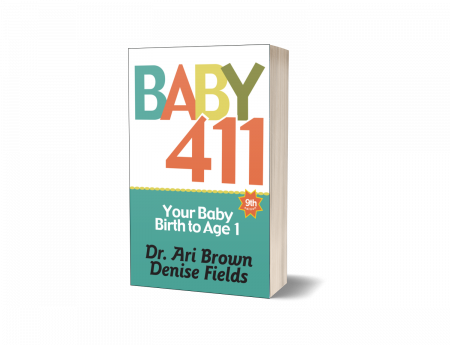
Covering pregnancy, baby and toddler years, the Baby 411 series is both fun to read and informative—the inside scoop on your child’s growth, development and health.
Think of it as the ultimate FAQ for new parents:
• Sleep. The best way to get your baby to sleep through the night.
• First aid—when to worry, when not to . . . and what to do when baby gets sick. No-nonsense, down-to-earth advice you can trust.
• Fussy baby 411. Is it colic? Acid reflux? Or something else? Discover the secrets to soothing a fussy baby.
• Detailed nutrition info with a step-by-step guide for successful breastfeeding, introducing solid food and the ‘‘new and improved’’ formulas. Plus: simple steps to avoid food allergies!
Denise Fields
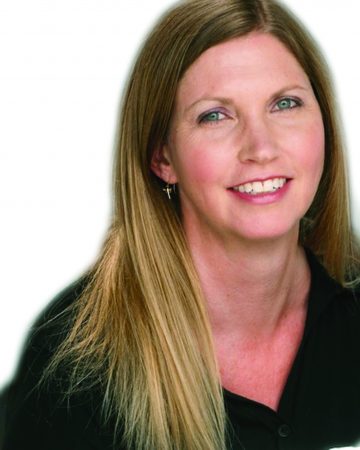
Raised in Loveland, Colorado, Denise Fields caught the writing bug early in life. She won awards for her essays at the tender age of 12, all while tending her family’s pet donkey at a farm in the shadow of the Rocky Mountains.
Fields received a Bachelor of Arts from the University of Colorado before co-founding a publishing company in Austin, Texas in 1988.
As the co-author of 23 books, Fields has written extensively on consumer topics, including real estate, parenting and children’s products.
A frequent guest on television, radio and online, Fields has been cited as an expert source by the New York Times, who hailed her Baby Bargains book as “the Bible of baby gear.”
Fields also has been featured in the Wall Street Journal and on TV shows like Good Morning America and the NBC Today Show.
Alan Fields

Alan Fields grew up in Dallas, Texas before attending the University of Colorado and receiving a Bachelor of Science degree.
Fields worked both in newspapers and radio before launching a career as a book author.
Together with Denise, Fields moved to Austin, Texas where Fields received a Masters in Business Administration from the University of Colorado.
Fields co-founded Windsor Peak Press, a boutique publishing company now based in Boulder, CO.
As a consumer advocate and money-saving expert, Fields has been quoted in the Washington Post, New York Times and even People Magazine.
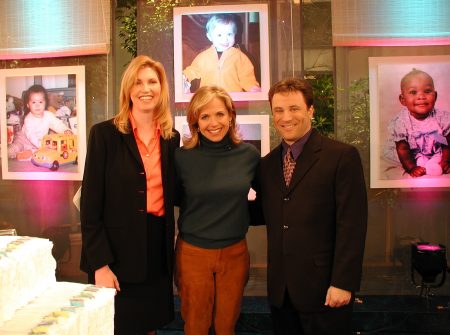
Denise & Alan Fields talking money-saving tips with Katie Couric.
How We Come Up With Recommendations
Let’s talk about how we pick products to recommend.
In a world full of influencers paid to shill a product, you deserve unbiased recommendations based on solid research and testing.
That’s why we are here.
Here’s three reasons why folks trust our recommendations and advice when it comes to selecting products for your home and family:
- Experience.
- Independence.
- Expert.
Experience
We have been researching, reviewing and rating products for families and the home since 1994. (Yes, that long!). This is what we do—we obsess about gear so you don’t have to.
We have many fine competitors online but we challenge you to find one who has as much experience in the family category as Baby Bargains. Go ahead, we’ll wait right here.
We do hands-on research.
What does that mean?
How we research varies by the product category. For some products used in a home, we purchase them with our own money (no freebies) and test them in-house.
Example: for a review on the best vanilla bean paste (part of our series on baking products), we compare the thickness of several brands in our test kitchen:
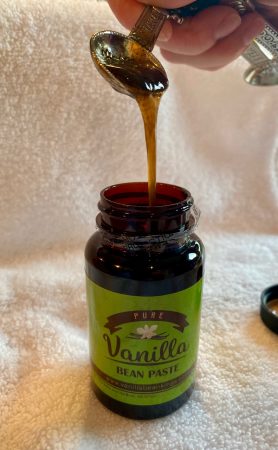
For other recommendations, we tap our vast readership (our books have 3 million copies in print) for their feedback. We look for real-world product reports from our readers to narrow down the vast field of choices in many categories.
To keep things fair, we also do blind taste tests when it comes to items like food. We’ll gather a panel of ramen enthusiasts, for example, and then have them chow down on mystery bowls to see which scores best.
To get insights beyond our own testing and reader feedback, we interview industry experts to get the inside scoop on what separates a quality product from an inferior choice.
Finally, we regularly meet one on one with gear companies and even tour manufacturing facilities. On a recent trip to a Ohio, we visited the factory that makes mattresses we review to watch the manufacturing process:
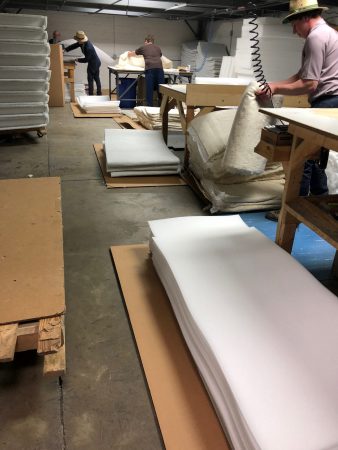
The result of all this effort: you get the most reliable gear reviews you can find, online or off.
We aim to give you additional insight beyond what you can find yourself via online descriptions and reviews.
How do we get to do this? That brings us to reason number 2 . . .
Independence
Let’s do something you won’t hear from our competitors: we’re going to tell you exactly how we make money.
We make a living from sales of our print books and affiliate commissions. What does that mean? When you purchase a recommended product that is linked in an article, we may get a small commission.
Do you see anything missing? That’s right—we do NOT take money from the brands we review. No cash, no free samples, no gift baskets. When we fly to see a manufacturer’s factory, we pay ALL of our travel expenses. The result: we tell you how it really is.
Let’s talk about a dirty secret of influencers who “review” gear. Many take free product to give away in contests. Others accept samples in exchange for a review. Some insist on cash.
That compromises independence, in our opinion.
To keep it real, we insist on being independent from the brands we review.
Expert
Want to see something really scary? Take a look at this:
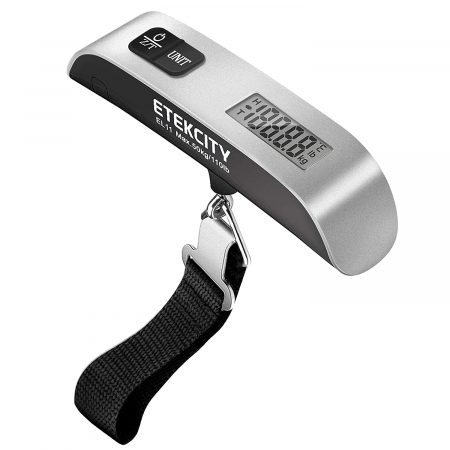
Yes, that my friends, is a luggage scale. It strikes fear and terror in the hearts of a certain group of people—baby stroller makers.
Why?
That’s because stroller makes often brag about how little their strollers weigh, knowing that’s a key feature consumers look for. Lightweight strollers are preferred over those that weigh more than 25 lbs.
So here’s our secret sauce: we carry a portable luggage scale with us when we evaluate new strollers. And wouldn’t you know it? The ACTUAL weight of strollers is often more than what marketers state. Surprised?
It’s that little bit of fact checking that separates Baby Bargains from other gear review sources. Most simply take the maker’s word on a stroller’s weight. We verify.
We take that same approach to all the products we review, aiming to produce thorough research that goes deeper than our competitors.
So there you have it—who we are, how we got here and how we come up with our recommendations. As always, we value your feedback, so drop us a line via our web page or social media channels. Thanks in advance for your support.

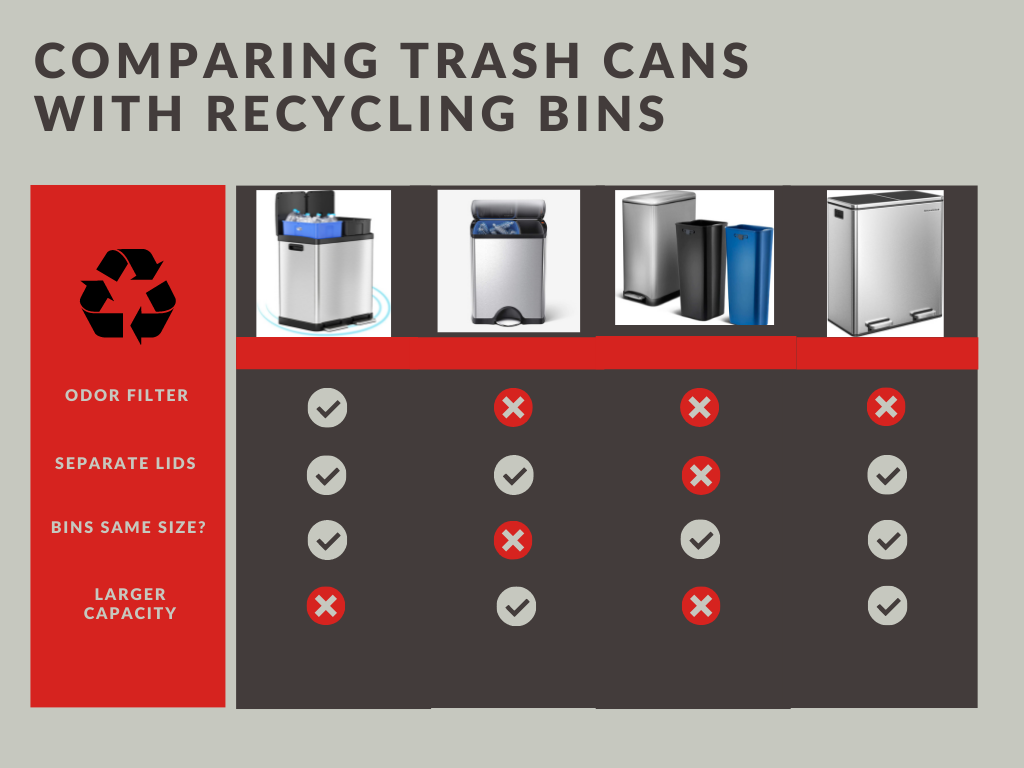
 We obsess over baby gear . . . so you don't have to. Baby Bargains has one mission: help you find the best gear for your baby with unbiased reviews by experts with 20 years of experience. At prices that don't break the bank. When you purchase a product from links on this site, we make a small affiliate commission. Learn more
We obsess over baby gear . . . so you don't have to. Baby Bargains has one mission: help you find the best gear for your baby with unbiased reviews by experts with 20 years of experience. At prices that don't break the bank. When you purchase a product from links on this site, we make a small affiliate commission. Learn more 
